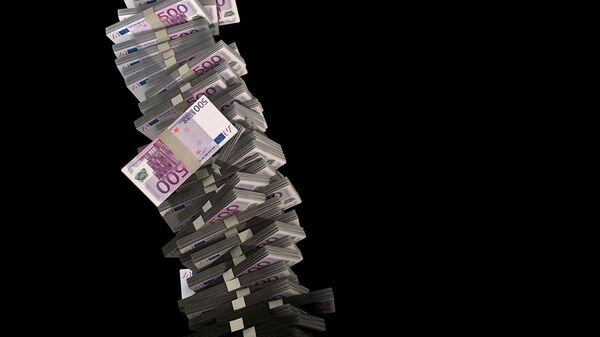The study also estimates that the annual value of provisionally seized/frozen assets in the EU is around US$2.6 billion, with about US$1.3 billion finally confiscated each year at EU level.
In recent years, EU Member States and European institutions have focused their efforts on countering and preventing organized crime activities. The recovery of confiscated assets is considered one of the most important measures for fighting organized crime.
#REPORT on criminal asset recovery in the #EU: only 1.1% of criminal profits confiscated https://t.co/2fL9KPHAAJ pic.twitter.com/TE4KpDL4Ql
— Europol (@Europol) 1 July 2016
In addition to national efforts, the European Commission, through the EU Directive (2014/42/EU) on the freezing and confiscation of proceeds of crime, set important standards for the recovery of criminal profits/benefits.
Since the proposal's inception in 2012, many EU Member States have started to align their national legislation with these new standards, while others still have to implement measures to fulfil the Directive's requirements.
While many Member States have already set up specific bodies for the collection and management of these assets, named Asset Management Offices, the majority of EU Member States do not collect statistics on the seizure or freezing and confiscation of assets on a centralized level.
#europol: Does crime still pay?https://t.co/C1le3qdJVD pic.twitter.com/jpz4J1UOLT
— ilmetropolitano.it (@ilmetropolitan) 1 July 2016
At a European level, it is impossible to monitor the performance of the asset recovery systems, and of investigative techniques used during organized crime investigations across Europe, without data on the number and value of assets seized, frozen or confiscated.
However cross-border cooperation between law enforcement agencies and Europol to trace and identify criminal assets has significantly improved in recent years, with more than 1000 asset recovery investigations being carried out within the EU in 2015.
Despite this increase and more effective cooperation, the final results in terms of confiscations are still modest, clearly showing that more work needs to be done, when strengthening financial investigations at a national level in relation to organized crime activities, increased investment resources and training as well as collection of statistical information at a central level.
Nevertheless, EU Member States have shown a growing interest in identifying and quantifying the amount of seized and confiscated assets, although it is challenging to give such a comprehensive picture, mainly due to the differences in the organization and structure of the EU national agencies and between national legislations.



